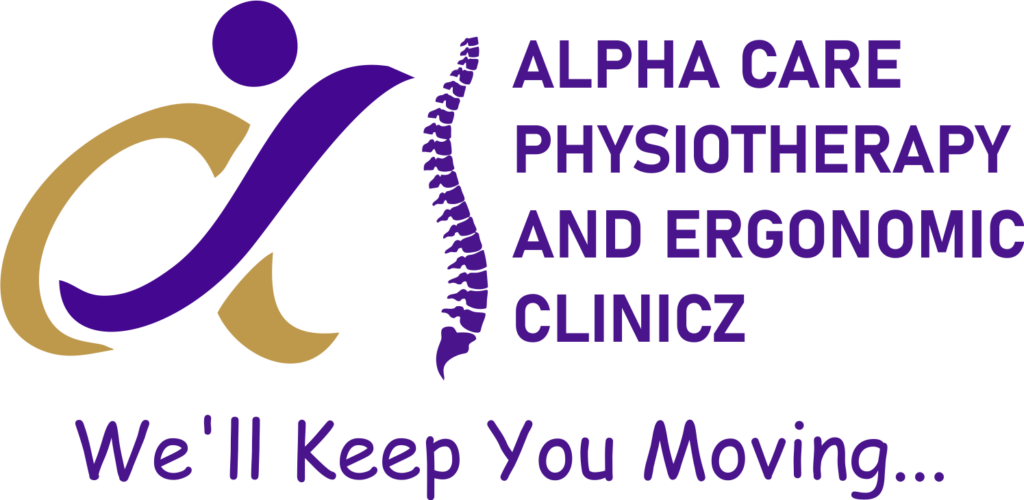Bell’s/Facial Paralysis

- Bell’s Palsy is a sudden onset facial paralysis, usually unilateral, resulting from dysfunction of the facial nerve (cranial nerve VII).
- The exact cause is often unknown, but viral infections, particularly herpes simplex virus, are commonly implicated.
- Symptoms include sudden weakness or drooping on one side of the face, difficulty closing one eye or smiling, drooling, and altered taste sensation.
- Diagnosis involves medical history, physical examination, and sometimes imaging tests like MRI or CT scan to rule out other causes of facial paralysis.
- Most cases of Bell’s Palsy resolve spontaneously within a few weeks to months, though some individuals may experience lingering symptoms.
- Treatment aims to relieve symptoms, promote nerve healing, and prevent complications.
- Corticosteroids like prednisone are often prescribed to reduce inflammation and speed up recovery.
- Antiviral medications may be considered, particularly if a viral cause is suspected.
- Eye care is essential to prevent complications like corneal abrasions or ulcers due to incomplete eyelid closure.
- Physical therapy and facial exercises can help maintain muscle tone and improve facial movement.
- Acupuncture and electrical stimulation techniques may offer additional symptom relief for some individuals.
- Supportive measures such as using artificial tears, wearing an eye patch at night, and practicing good facial hygiene are important.
- Regular follow-up with healthcare providers is crucial to monitor progress and adjust treatment as needed.
- While Bell’s Palsy can be distressing, the majority of individuals recover fully or with minimal residual symptoms over time.
- Rarely, complications such as persistent facial weakness or synkinesis (involuntary facial muscle movements) may occur, requiring further management.



